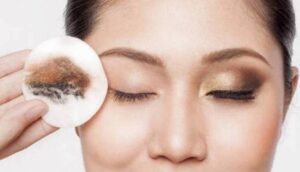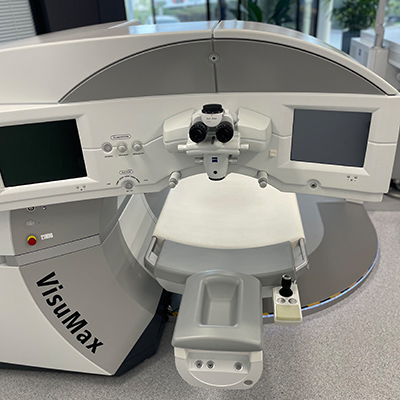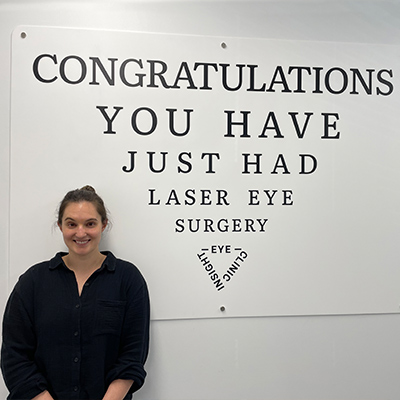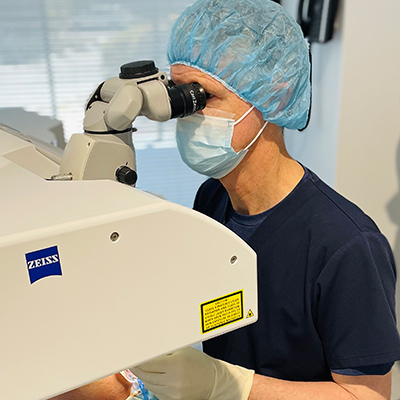How to Prepare for RLE Surgery
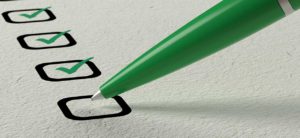
RLE: Refractive Lens Exchange
The day is almost here for you to have your refractive lens exchange surgery! You have visited your Ophthalmologist and you’re informed about your procedure and expected results. Here is an additional comprehensive guide on what to do in the lead-up to surgery.
Preparation helps to ensure a smooth easy surgery day and zero confusion.
Prior to Surgery – How to Prepare
Keep an eye out for infection from as early as 10 days prior…
It is important at the time of surgery that no eye infection is present. If in the 10 days prior to surgery you feel that your eye is becoming red or is beginning to discharge at all, please ring the rooms in order to discuss your symptoms and discuss the likelihood of proceeding or postponing.
If there is any change in your general health, such as heart problems, chest problems or a severe cold associated with a cough, please inform the clinic.
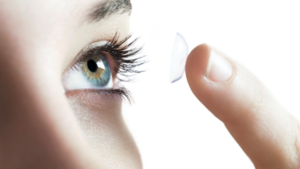 Contact Lenses
Contact Lenses
Please do not wear a contact lens in your operation eye during the 3 days prior to surgery.
Eye Drops
You will be provided with an eye drop vial (cyclo) which you are required to take 10 minutes prior to leaving for the hospital on your surgery day. 1 drop is to be applied to the eye being operated on. If both eyes are being operated on, apply 1 drop to both eyes.
Day of Surgery – How to Prepare
Clothes
It is important to be comfortable and practical when making clothing decisions on the day of your surgery. Please wear warm, loose fitting clothes. You do not need to get changed but will be given a gown to wear over your clothes. Flat, non-slip shoes are the best to wear if you have them. Please bring a pair of non-prescription sunglasses to wear home after your procedure.

Makeup, Perfume & Jewellery

Please do not wear any make-up, perfume, aftershave, spray-on deodorant, hairspray or jewellery above the neck. Thoroughly remove all traces of make-up from around your eyes the night before your procedure.
Food & Fasting
In some cases, patients are requested to fast prior to surgery. Please refer to your ‘Operation Letter’ which will provide specific details around fasting requirements. Most patients are not required to fast and should have a light, non-fatty breakfast.
You will be given something to eat and drink after your procedure. You should continue your usual medications, especially if you are diabetic or on treatment for reflux.
 Bathing
Bathing
Please shower/bathe on the morning of your surgery or the night before if you have an early admission. Wash your hair and skin thoroughly.



